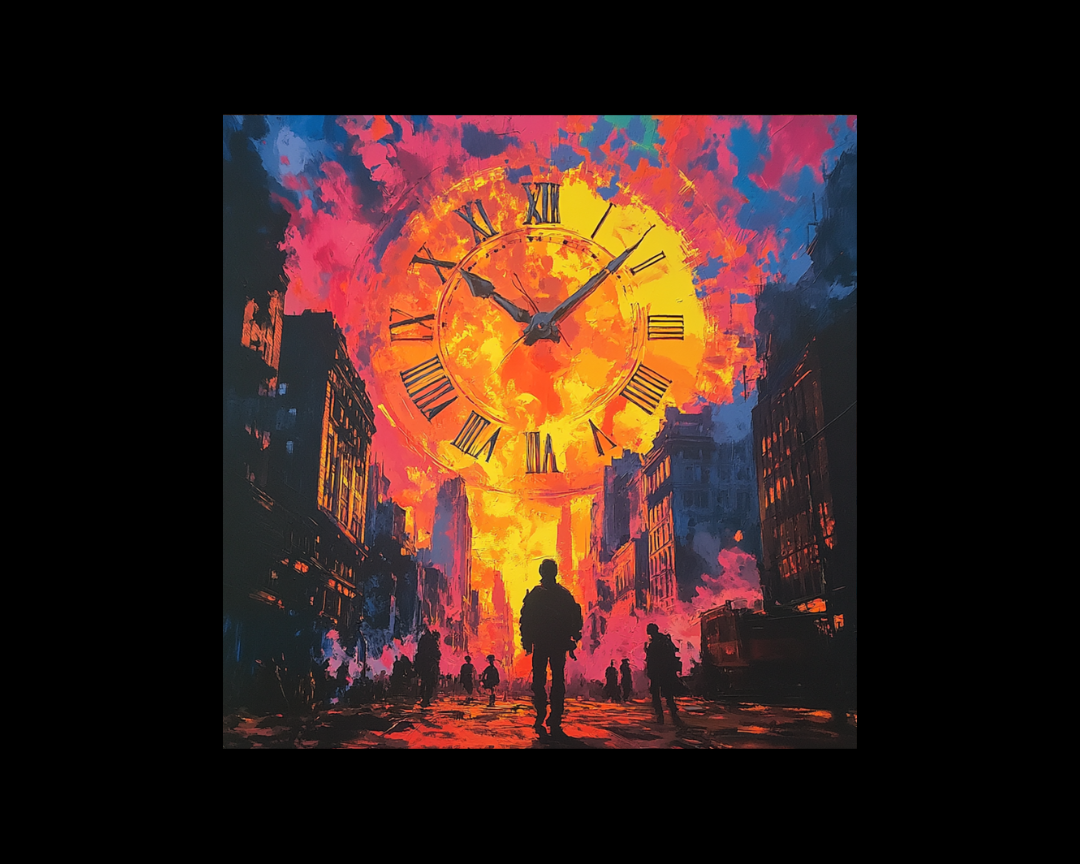Kick-off Events
In writing fiction, or even performance art, it's essential to understand the role of a kick-off event – that opening scene that sets the stage for...

Choosing the right narrative tense is one of the first—and most important—decisions a novelist makes. While present tense has grown in popularity, the past tense remains the most widely used and versatile option in fiction writing.
Why? Because stories are, at their core, reflections. And reflections are often told after the fact.
But writing in past tense is about more than just picking a timeframe. It’s about mastering structure, consistency, and rhythm—all while helping the reader intuitively follow your story’s chronology.
In this guide, we’ll break down everything you need to know about writing a novel in past tense—plus share examples, tips, and techniques to do it well.
Past tense has long been the go-to tense for novelists. The majority of classics—and many contemporary bestsellers—use it. Here's why:
Natural storytelling style: It mirrors the way we tell stories in real life—recounting events that have already happened.
Built-in flexibility: With multiple forms (simple past, past perfect, etc.), you can easily show when things happened, in what order, and how they relate to each other.
Reader familiarity: Past tense is comfortable and familiar, making it easier for readers to immerse themselves in the narrative.
💡 Pro Tip: If you’re unsure which tense to use for your novel, try writing a scene in both past and present. Then read each out loud. Which one feels more natural for your voice and story?
Writing in the past tense doesn’t mean using just one form. The English language has four key past tense forms, and understanding how they work together will help you write more clearly and effectively.
Used for completed actions or general states in the past.
Examples:
She opened the door and walked into the room.
He was tired after the long journey.
When to use: Most of your novel will likely be written in simple past—it’s your narrative base.
Used to show that one action occurred before another in the past.
Examples:
She had already left when I arrived.
He realized he had forgotten his keys.
When to use: Use it to signal flashbacks or clarify sequence.
Shows an action that was ongoing in the past when something else happened.
Examples:
She was reading when the phone rang.
They were arguing as I walked in.
When to use: Great for setting a scene or layering action.
Describes an ongoing action that continued up to a specific past moment.
Examples:
He had been working all night before he finally rested.
She had been waiting for hours when the bus arrived.
When to use: Use it sparingly to show long-duration actions prior to another event.
One of the biggest challenges in past tense narration is maintaining clear chronology. Readers shouldn’t have to work to figure out what happened when.
Here’s an example of how tenses work together to show sequencing:
Jane had drawn the curtains before she settled into the window seat. She was gathering her feet beneath her when the first knock echoed through the house.
“Had drawn” (past perfect) signals the earliest action.
“Was gathering” (past progressive) shows a background action.
“Settled” and “echoed” (simple past) mark the main sequence.
💡 Practical Tip: Use past perfect at the start and end of flashbacks to “bookend” them. Keep the middle in simple past to avoid clunky prose.
Flashbacks within a past-tense narrative can confuse readers if not handled smoothly. The trick? Use past perfect to open the flashback, then transition to simple past for readability.
She remembered the summer she had spent in Italy. The first week had been hard, adjusting to the heat and language. But soon, she was strolling through cobbled streets, eating gelato, and laughing with strangers who felt like family.
To return to the main timeline:
She smiled at the memory, then picked up her phone.
Short Flashback:
Use past perfect throughout or briefly at the beginning and end.
Long Flashback:
Start with past perfect for a few lines, switch to simple past for the body, then wrap up with past perfect again to ease back into the main timeline.
💡 Pro Tip: Use scene breaks, italics, or chapter shifts to separate long flashbacks and reduce reader confusion.
Inconsistent tense shifts: Accidentally slipping into present tense or mixing tenses can confuse readers.
Overusing past perfect: It’s grammatically correct but exhausting to read in bulk. Use it to mark a time shift, then move on.
Neglecting action sequencing: Ensure your use of tense supports the order in which events happen.
Map your timeline: Especially if you're using flashbacks or non-linear storytelling.
Use a cheat sheet: Keep examples of each past tense form handy while drafting.
Read aloud often: Your ear will catch awkward shifts better than your eyes.
Use grammar-check tools—but verify: Not all tools understand fiction pacing or stylistic choices.
Study your genre: Historical fiction might lean more into past perfect; thrillers might favor faster pacing with simple past.
Writing a novel in past tense gives you a powerful toolbox to shape your story's timeline and pacing. Whether you're writing literary fiction, fantasy, or romance, mastering the use of past tense helps readers follow the story effortlessly—and keeps them hooked.
And while tense matters, don’t forget: the story always comes first. Your voice, your rhythm, your characters—that’s what makes the magic.
Want help tightening your narrative voice or cleaning up tense shifts?
At Hire a Writer, we help authors turn strong drafts into polished manuscripts. From developmental edits to sentence-level line work, we’ve got you covered.
.png)
In writing fiction, or even performance art, it's essential to understand the role of a kick-off event – that opening scene that sets the stage for...
-2.png)
Color is a powerful tool in writing, often used to evoke mood, atmosphere, and symbolism. But what if you challenge yourself to write using a single...

Hey there, fellow word wranglers and story slingers! Are you ready to dive into the world of writerly self-care?